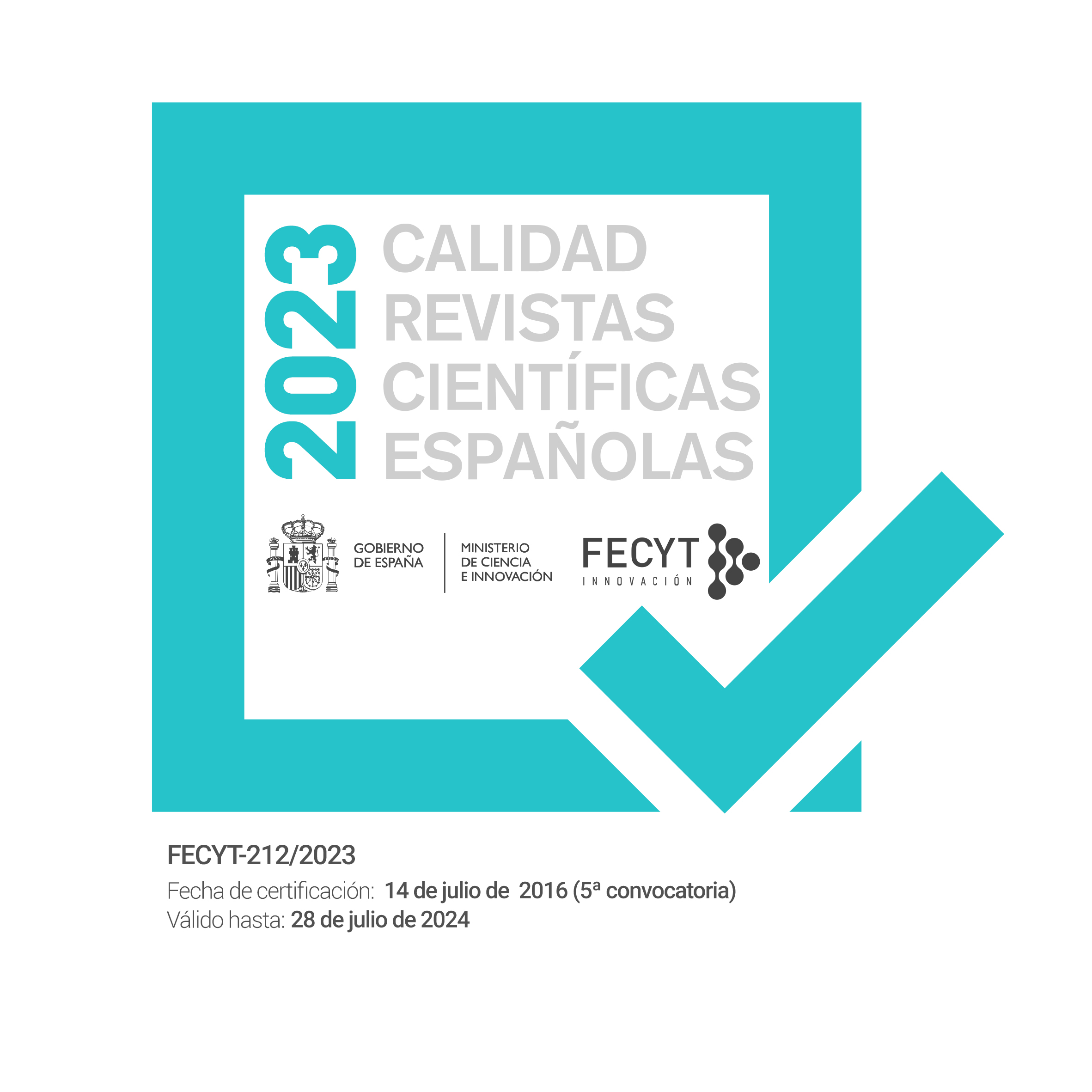El envejecimiento de la población comporta un incremento del número de varones afectos de hiperplasia benigna de próstata (HBP) con múltiple patología asociada que limita su tratamiento quirúrgico. Con este estudio pretendemos poner de manifiesto la eficacia y seguridad del empleo de anestesia local-sedación para el tratamiento endoscópico de la HBP en pacientes de alto riesgo quirúrgico-anestésico.
MétodoDurante los últimos 4 años hemos intervenido a 38 pacientes con edades comprendidas entre 78 y 86 años (media 81,4 ± 3,2) con síndrome de prostatismo obstructivo severo y riesgo quirúrgico-anestésico elevado. En 15 pacientes se practicó incisión transuretral de próstata (ITUP) y en los 23 restantes resección transuretral (RTUP). El bloqueo anestésico se realizó mediante infiltración periprostática transrectal digito-dirigida con 10-15 ml de lidocaína al 2%. Durante el procedimiento se administró una perfusión intravenosa de propofol y remifentanilo. Se evalúan los resultados obtenidos así como el grado de satisfacción de los pacientes mediante la elaboración de un cuestionario.
ResultadosLa duración media de la intervención fue de 12 ± 5 minutos (rango 8 - 25), no habiéndose constatado complicaciones derivadas de la técnica anestésica. Refirieron una molestia leve 4 pacientes (11%) que se resolvió aumentando la velocidad de la perfusión sedante. El grado de satisfacción con el tratamiento recibido ha sido del 95%.
ConclusionesConsideramos que tanto la ITUP como RTUP realizadas bajo anestesia local-sedación son métodos seguros, eficaces y bien tolerados, que están fundamentalmente indicados en pacientes añosos y cuando el riesgo quirúrgico-anestésico es elevado.
The aging of the population causes an increase of the number of men affected by benign prostatic hyperplasia (BPH) with a large number of pathology associated that may limit its surgical treatment. In this study we try to show the effectiveness and security of local anaesthesia and sedation in the endoscopic treatment of the BPH in patients with high surgical- anaesthetic risk.
MethodsDuring the last 4 years, 38 patients underwent surgical treatment of BPH with ages between 78 and 86 years (average 81,4± 3,2) with severe obstructive prostatic syndrome and high surgical-anaesthetic risk. 15 patients underwent, transurethral incision of prostate (TUIP) and in 23 patients, transurethral resection (TURP) was performed. The blockade anesthetic was made by transrectal periprostatic infiltration finger-guided with 10-15 millilitres of lidocaine 2%. During the procedure an intravenous perfusion of propofol and remifentanil was administered. The obtained results as well as the patient’s satisfaction degree was evaluated by means of the elaboration of a questionnaire.
ResultsThe average length of the surgical treatment was of 12 ± 5 minutes (rank 8 - 25), having itself not stated complications derived from the anesthetic technique. They referred a slight annoyance 4 patients (11%) that was treated increasing the rate of the sedative perfusión. The satisfaction’s degree with the received treatment has been good in the 95% of patients.
ConclusionsWe considered that the TUIP as much as TURP made under local anesthesia with sedation are safe, effective methods and well tolerated, that fundamentally are indicated in aged patients and when the surgical-anesthetic risk is elevated.









